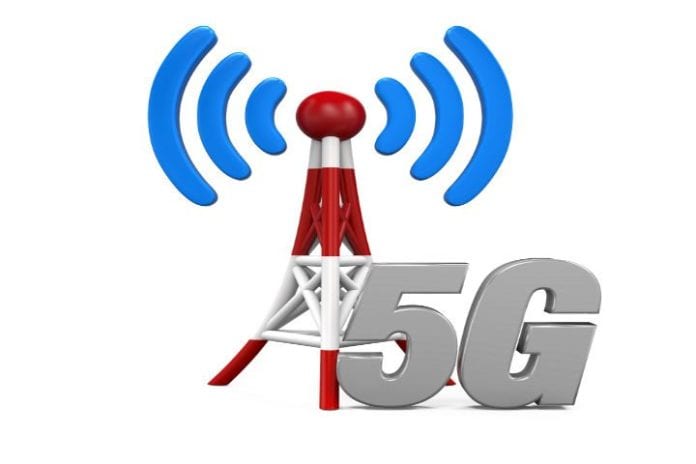The need to tap millimeter wave spectrum bands in support of 5G technology is altering traditional cellular deployment methods.
DALLAS – Spectrum remains one of the messy, yet essential, components towards the telecom market’s march towards “5G” with technology standards expected to tap into significantly larger swaths of spectrum from across the frequency strata in order to support the forecast performance requirements of mobile technology’s next evolution.
Unlike commercial mobile services up to the current “4G” iteration, 5G is set to include spectrum above the 6 GHz band that could prove to be an opportunity and challenge for network deployments. Current networks typically rely on spectrum channels of between 10 and 20 megahertz in width, with 5G networks expected to tap channels up to 100 megahertz wide.
Brian Daly, director of core and government and regulatory standards at AT&T, explained at this week’s 5G North America event that the only place where the telecommunications market can access the large swaths of spectrum needed to fuel the high-bandwidth potential of 5G technology is high up the frequency band.
“That’s really the only place where those blocks of spectrum are available,” Daly said during a panel discussion.
Daly said AT&T’s current trials in the 28 GHz band are providing insight into understanding the propagation characteristics that are “unique” to millimeter wave spectrum bands. He cited knowledge gained by measuring how the bands interact with foliage and various weather conditions.
“Overall the tests have been very useful,” Daly said, adding the carrier has seen speeds up to 14 megabits per second in tests conducted with Ericsson. AT&T is looking to begin “friendly user” trials by early next year, with plans to the add a mobility component to its testing.
Challenging propagation characteristics are potentially a significant hurdle for the commercialization of millimeter wave spectrum bands, Thomas Keathley, SVP of wireless network architecture and design at AT&T, noted at the recent CTIA Super Mobility event potential performance degradation issues connected with using the millimeter wave spectrum bands expected to be central to 5G networks.
“If you put a hand in front of a transmitter you will see degradation of performance,” said Keathley. “It’s going to be a very different implementation than traditional cellular networks.”
Adam Koeppe, VP of access technology planning at Verizon Communications, at the same event noted propagation characteristics of high-band spectrum will be a challenge, but those “issues are not anything news.” Instead he explained what is different is the use of beamforming and beamtracking technology that allows the use of those bands in access-type deployments.
“Our trials have been to take those out of the lab and into real world scenarios,” Koeppe said of the carrier’s 5G network trials.
In addition to gaining propagation knowledge, Daly this week said the carrier is also gaining insight it’s looking to drive back into the standards process, including plans for the first round of chipsets the carrier is hoping can come to market over the next 12-18 months. Those efforts are part of AT&T’s plans to potentially pull forward some standardization work that could help the carrier move deeper into commercial network trials using equipment made to industry specifications.
Also on stage with Daly at the 5G North Americas event, Monica Paolini, president of Senza Fili Consulting, cited potential benefits and challenges with tapping into millimeter wave spectrum bands for commercial services.
Paolini noted the dearth of reach afforded by these higher spectrum bands is actually a benefit for deployment as there is a much higher reuse opportunity, which further adds to the capacity of those wide spectrum channels.
“Usually it’s a bad thing, but in densification this allows for better reuse,” Paolini said. “Capacity becomes less of an issue. … The cost of capacity comes down and the possible reuse goes up.”
Jumping off a point made by Daly in the potential use of spectrum bands higher than 60 GHz for short-range, line-of-sight backhaul, Paolini said such a model could make sense in support of small cell deployments where it’s possible a fiber line falls just short of an ideal location for a small cell. She added such an arrangement could also play back into her previous note on the ability to reuse those spectrum resources and thus the ability to support potential high backhaul needs.
However, the short reach of millimeter wave bands will likely require operators to also have a fallback layer of coverage using a lower spectrum band that could result in what Paolini termed a “pingpong effect” in which a device is constantly bouncing back and forth between two networks. Such an issue could impact the quality of service for the connection as well as cause undue overhead on both networks as they work to hand off device connectivity.
Bored? Why not follow me on Twitter

